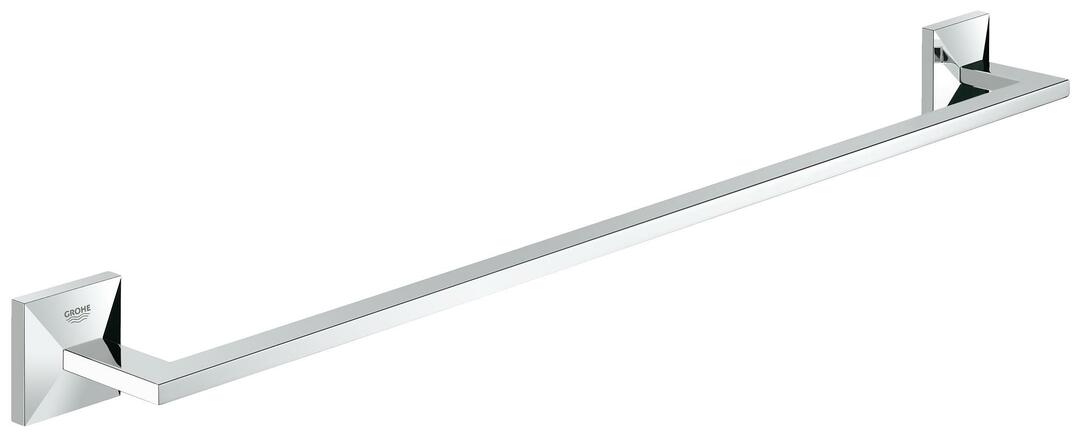Heating is one of the most important engineering systems in any building. Without it, it is simply impossible to survive the winter. There are lots of different ways to heat a room. In recent years more and more popular for it becomes a wall electric boiler. It is simple to use and has a lot of other advantages.
Design and function
Wall boilers gas and electric have a similar structure. The main difference is the method of heating the liquid. The power it is due to heaters.
The work of the unit is based on the current conversion principle in the heat. For this special heaters (heating elements) are installed in the tank of the heat exchanger. Raising the temperature of the coolant is performed, which then enters the radiator. And heating is carried out of the building.
Control is provided by control unit. During the reaction equipment responds room sensor that monitors the room temperature. When it drops - The device sends a signal to the control unit, whereupon the corresponding electric boiler starts to heat the liquid. Due pump provided the desired system pressure. When the temperature rises up to said mark, the heating mode is stopped, and after a time stops operation of the circulation system.
In most cases, on the front side of the machine are indicators, as well as regulation of heat distribution element.
Modern heating boilers operating on electricity, have high-quality safety systems. For example, the unit start is carried out only after a certain pressure is reached in the system. When this control is performed by a specific sensor. In case of exceeding the norm, instantly security system is triggered, causing the unit stops operating.
Such installations are connected to the mains exclusively through a voltage stabilizer. To connect the heating provided the nipples.
In general, the scheme of electric heaters equipment options as follows:
Where:
- The control unit and power supply.
- Lamp to indicate the state.
- Boiler thermostat.
- Manometer.
- Switch heating.
- Main switch.
- Expansion tank.
- Connector for connecting an electrical cable.
- Fuse.
- Pump.
- Entry for the return.
- Control connector.
- Spare thermostat.
- fuse unit.
- the air release valve.
- The insulation of the heating element.
- Pressure switch.
- TANS.
- Heating output.
In general, no open flame source allows not installed chimney. In addition, the units operate silently. When this control is performed by the front wall, which are normally necessary levers.
Kinds
Electric wall units are divided into two main types of heating element:
- TEN - ordinary Nichrome spiral, which is closed from above the aluminum tube. The major drawback may be mentioned metal corrosion.
- Electrode heater. Inside equipped with two metal rods. Current flows therebetween, and whereby the heating is carried out. Such devices have a high efficiency.

Benefits
The device has a number of advantages over other types of heating systems:
- Low price for an initial set of equipment.
- Low cost of installation.
- Compact size and light weight, which does not require a separate room diversion. Moreover, such devices can be installed almost anywhere. Laughter is like a gas connection, but there is no need to sum up the pipe with the fuel. The main thing that was the approach of the heating system and the mains.
- No noise.
- No need to create an additional ventilation system.
- Environmentally friendly. Absolutely does not pollute the environment. In addition, these units are completely safe for humans.

disadvantages
Despite all the advantages, these devices also have a number of disadvantages:
- The cost of electricity. Unfortunately, at the moment gas installation cheaper to use. Despite this, there are already more fuel-efficient vehicles that reduce costs by up to 30%.
- Specific wiring. Low-power boilers can be connected to a standard 220V. But the units, exceeding the threshold of 12 kW have to be connected to a special three-phase output at 380. Sometimes it can be challenging.
- Scale on the heating element. To stretch this process uses special filters to make the water softer.
Choosing boiler
So, how to choose the equipment that runs on electricity? There are several key points that need to be addressed.
The first thing to note - the required power. The easiest way is the definition of a common area through the room. Take this figure and divide by 10. For example, for the building of 100 sq. m, this figure will be 10 kW.
It should be borne in mind that electricity will be supplied from the panel on the wire. And the more the cross-section, the less they are heated. In general in apartments and older homes in all the wiring is designed for a maximum of 3 kW. Therefore it is necessary to think in advance about this. It is believed that it is better for the boiler does bring its own wiring to the circuit breaker.
Also pay attention to the number of the circuits. If you want to get maximum comfort - space heating and the use of hot water for household needs - instantaneous water heaters are an excellent option. But at the same significantly increase payments for electricity. Sometimes one electric boiler can not do, because the large rooms require more power. It is sometimes the heating circuit may also include other types of plants, which enables the owner to secure in the case of a lack of resources.
Before you finally choose the unit, be sure to pay attention to the material from which the water mains - they must be made of steel or bronze. This will allow the unit to work for a long time.
Such boilers are a good tool. They are easy to install and use, are safe for human health and the environment. In this case, the initial cost of installation and price - are small compared to other types of units. Despite this, they have a number of drawbacks.

